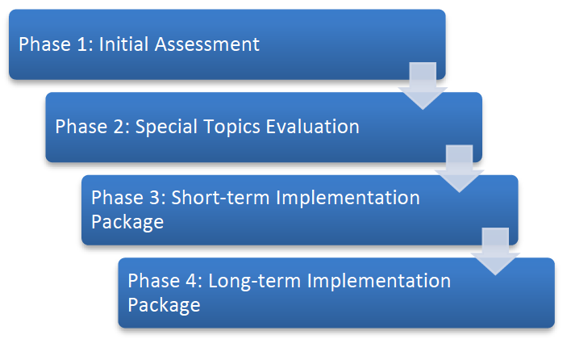Background
Nuclear plants throughout the world are looking to implement Flexible Power Operation (FPO) as a way to remain competitive in global energy markets, especially as we continue to see a significant increase in renewable energy. These new load cycles are different from the historic demand cycles assumed in the original plant design. The transition to FPO could result in effects to the plant and its fuel, Nuclear Steam Supply System (NSSS) and Balance of Plant (BOP).
Westinghouse has developed an efficient approach to addressing the NSSS issues related to FPO. Our method identifies which NSSS/BOP-related confirmations are required prior to FPO operation, while also providing recommendations for FPO operation for extended periods.
Benefit
With the increase of intermittent renewable energy sources on the grid, many utilities are faced with the financial burden of negative pricing and grid congestion. To offset these burdensome costs, many utilities are implementing FPO or attempting to use process steam for other purposes. As an OEM for both NSSS and BOP, Westinghouse has the knowledge and experience to propose solutions customized to a utility’s individual needs.
The Westinghouse Approach to FPO
Westinghouse focuses on the plant-specific NSSS and BOP impacts – including the design and safety analysis – which are specific to the methodology and assumptions used in the plant specific design Analyses of Record (AOR).
The major plant effects of FPO on the plant NSSS and BOP are:
- Impact of thermal stresses and fatigue on the primary and secondary system components
- Impact of changes in local fuel rod power history on fuel design margins
- Increased wear and reduced lifetime of individual components (both NSSS and BOP) that will experience more use and duty during flexible power operation
- Impact on the plant safety analysis.
- Impact on BOP thermal performance
Given the potential for a wide range of unique impacts, our approach to confirming compliance of FPO to the plant-specific design basis involves a four-phased process:
Westinghouse has utilized this phased approach at a number of utilities, supporting both PWR and BWR designs. Our ability to offer customized implementation allows for prioritization and tailoring of scope, providing our customers with a cost-effective path towards achieving FPO.
Phased Approach
Phase 1: Initial Assessment
In Phase 1, Westinghouse works with the plant to identify plant-specific FPO goals and operating parameters. Our experts then use this information to identify major short-term and long-term impacts on the NSSS and auxiliary components and design analysis.
Phase 2: Special Topics Evaluation
In Phase 2, Westinghouse would perform an evaluation to resolve near-term issues and any others selected by the plant such as safety assessments and inspection assessments.
Phase 3: Short-term Implementation Package
In Phase 3, the short-term impacts required to demonstrate that the planned FPO is within the design and licensing basis of the plant would be completed and implemented.
Phase 4: Long-term Implementation Package
In Phase 4, the long-term impacts – such as the impact on NSSS and BOP equipment reliability for long-term FPO operation, optimization of BOP thermal performance and equipment/system modifications – would be completed and implemented.
The Westinghouse Advantage to FPO

Visual of refueling mast and fuel in the reactor vessel
Monitoring key parameters is essential in successful FPO. The key parameters related to FPO by Westinghouse are:
- Margin to power distribution limits
- Local Margin to pellet clad interaction (PCI) at all fuel rod locations
- Cumulative control rod insertion
- Cumulative Delta-Burn-up
- Number of thermal cycles and/or fatigue usage factor for RCS and NSSS auxiliary components
To address these parameters, Westinghouse utilizes advanced technology such as our BEACON™ core monitoring system, used to continuously monitor the core power distribution, and our WESTEMS™ system, used to monitor thermal transient cycles and fatigue usage factors.
Conclusions
Westinghouse has the wide range of skill sets required to safely and efficiently address all of your potential plant FPO impacts. Our experts will work with each plant to develop their FPO strategy; identify and analyze modifications to operations; and control strategies to optimize their ability to operate flexibly. Westinghouse is committed to working with you to define only the essential scope required to keep your plant operating competitively.
BEACON and WESTEMS are trademarks or registered trademarks of Westinghouse Electric Company LLC, its affiliates and/or its subsidiaries in the United States of America and may be registered in other countries throughout the world. All rights reserved. Unauthorized use is strictly prohibited. Other names may be trademarks of their respective owners.



